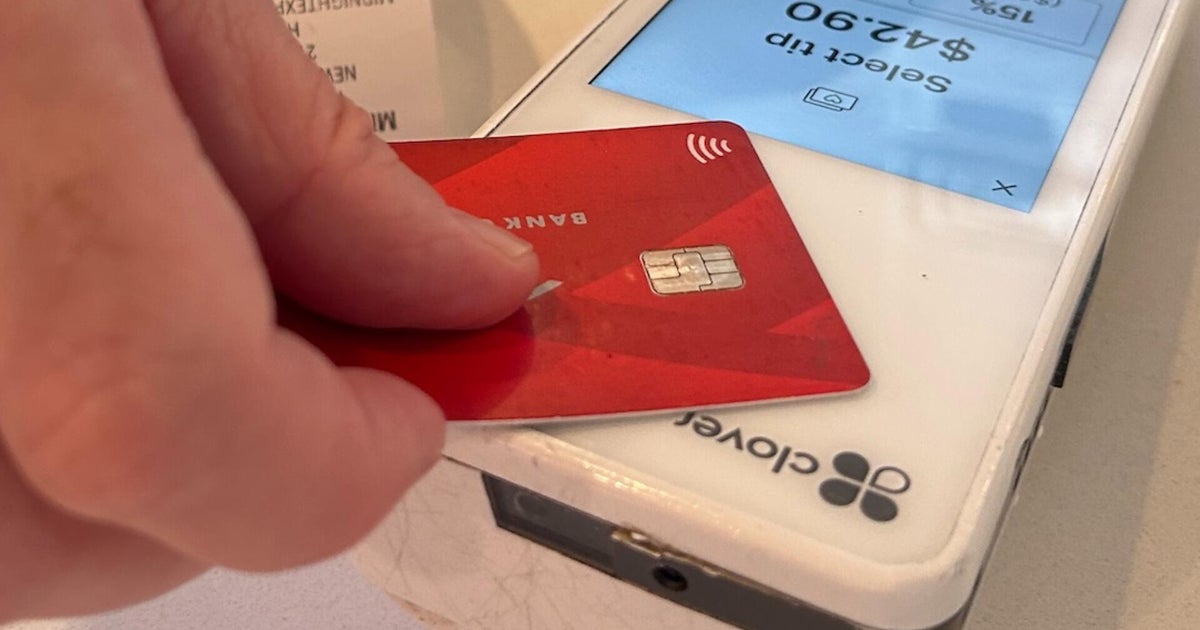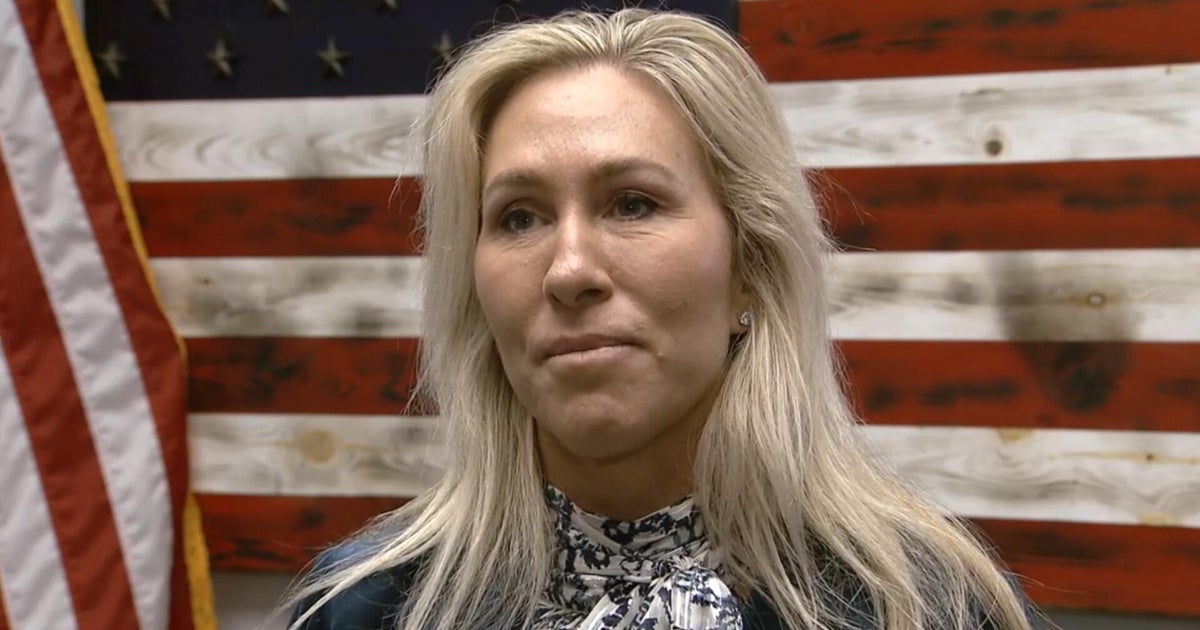Last month, Apple TV+ became the latest streamer to inflict a price rise on Australians, joining Stan, Netflix, Kayo, and Disney+ in having done so this year.
At the same time, big streamers are cutting back on the number of new shows they make, which means the nine in 10 Australians who regularly pay for a streaming service are getting less bang for their buck.

Netflix hit Stranger Things returns later this year.
Video streaming in Australia took off in 2016, with Stan and Netflix launching their respective services. Both pitched themselves as an ad-free alternative to free-to-air television, and a cheaper, more accessible alternative to Foxtel. Netflix’s entry-level launch price was $8.99 a month, while Stan (acquired by Nine Entertainment, the owner of this masthead, in 2018) hit the market with a $10 price tag.
Last month, Netflix pushed through its sixth price rise since its Australian launch, raising the floor to $20.99, a 133 per cent increase over the decade. In the early days for streamers, the market defined success through subscription growth, like most tech start-ups.
But the focus has now shifted to a more traditional metric of business success – profit. That has meant the cost of streaming has moved from a single subscription to a tangled combination of subscriptions, including some with advertising, plus crackdowns on password-sharing, and a slow drip-feed of premium content.
In early 2022, Netflix reported a fall in subscribers for the first time. Its shares crashed as investors realised the days of unrestrained growth were over. Netflix responded with plans to launch a lower-cost subscription option that included ads, and a crackdown on password-sharing as a way to keep growing and make more money.
Netflix, like many of its rivals, now offers a more affordable ad-supported plan, at $9.99 a month. And while its new strategy helped Netflix return to growth, it also prompted analysts and viewers to comment that Netflix and its rivals were morphing into the very thing they had set out to replace – traditional TV (with ads and waiting a week for the next episode to drop).

Jake Paul, left, and Mike Tyson during their heavyweight bout on Netflix: with fewer new shows and fewer licensed shows, streamers have sharpened their focus sport.Credit: Getty Images
This transformation has changed program commissioning and release strategies as well, with each streamer moving in different directions and producing fewer shows while competing for subscribers.
Loading
New commissions for US-scripted shows peaked in 2022, reaching 199 across all platforms. After major writers’ strikes in 2023, new releases fell to 137, and fell further to 123 in 2024.
Analysis from market researcher Ampere, released last month, found total scripted TV commissions from the top-six global streamers (AppleTV+, Amazon Prime Video, Disney+, HBO Max, Netflix, Paramount+) slumped 24 per cent in the first half of 2025 to 242.
Even with shrinking production budgets and higher prices, only Netflix, HBO Max and Paramount+ are profitable as standalone businesses.
With fewer new shows, and fewer licensed shows due to rising costs, streamers have sharpened their focus on live sport and sports-adjacent content, one of the last surefire ways to guarantee audiences. Netflix and its rivals are now pumping money into sports rights at five times the rate of television revenue in the US in the past decade, according to Ampere.
Loading
In Australia, Stan has signalled a further shift towards sport, purchasing the rights to show English Premier League football matches over the next three years, which it found justified an immediate price rise of its Sport subscription from $15 to $20.
Apple implemented a two-pronged strategy to raise revenue in August, bumping up its monthly price by almost 25 per cent, but keeping its annual subscription cost unchanged – an apparent bid to reduce churn. Apple, which releases fewer shows than most streamers, produces higher-quality content and usually releases its shows weekly, unlike Netflix, which 80 per cent of the time drops all episodes of a season at once, known as the “binge” strategy.
HBO Max, which launched in Australia in March, has become known as the home of “prestige TV”, and mostly releases episodes weekly to keep subscribers signed up.
HBO studio head Casey Bloys explained the strategy recently, saying he isn’t a believer in the binge strategy and prefers to build shows week by week, through word of mouth and generally, by building buzz over time.

HBO prefers a weekly episode drop.
To do this, he said the studio had to focus on quality over quantity.
“It’s not practical to expect that you’re going to have wall-to-wall House of the Dragon or The Last of Us,” Bloys said. “It’s not practical from a budget point of view, or a production point of view because these shows are so big.”
HBO Max’s arrival has gutted its Foxtel-owned competitor Binge of popular shows such as House of the Dragon and The Last of Us, forcing it to bombard former subscribers with ultra-cheap offers to lure them back.
It has stopped licensing popular catalogue shows such as Friends to Netflix. That means higher costs for Australians who now have to subscribe to several platforms if they want to see their favourite shows.
So, just how much are we paying for streaming? With an average of 3.3 subscriptions per household, the average Australian spends $63 a month on subscriptions, according to 2024 figures from Deloitte – and streaming services account for most of that.
Loading
Westpac data shows Australians’ spending on subscriptions has continued to rise this year, up 11 per cent, with three in 10 households losing about $600 a year on duplicate subscriptions or ones they don’t use and have forgotten to cancel.
The emergence of “bundling” – selling several subscriptions on one platform – may be a partial solution to controlling costs. But Foxtel’s attempt to enter this space with the launch of Hubbl last year did not work, with negative reviews of the product and minimal savings on offer if you are not a subscriber to the company’s own streaming services.
And it is not just streaming services coming together. Netflix in June penned a deal with French television network TF1 to soon make live free-to-air television available within the Netflix app.
The economics of streaming has moved on from disrupting the way we watch programs to now figuring out new ways to keep viewers glued to screens – and prices for the services are only going to get dearer.
The Business Briefing newsletter delivers major stories, exclusive coverage and expert opinion. Sign up to get it every weekday morning.
Most Viewed in Business
Loading


















































